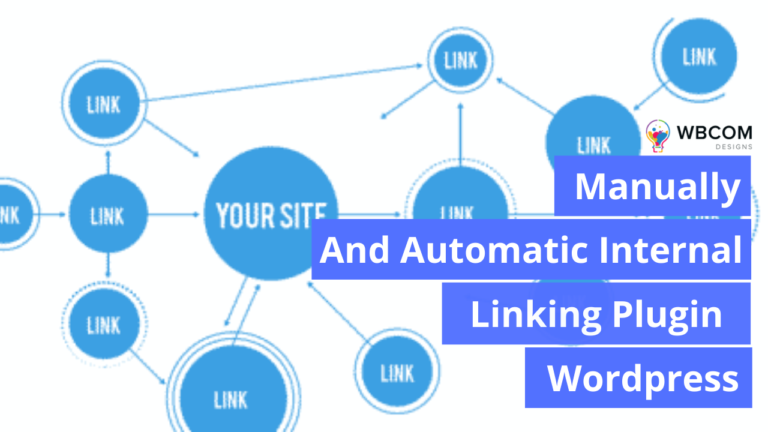Design is all around us, shaping our world and influencing our lives. But what if I told you that there is a new design approach that can revolutionize the way we think about design and its impact on our future?
Enter generative design, a cutting-edge technology that harnesses the power of algorithms and artificial intelligence to create mind-bending designs that were once thought impossible. It is the future of design, and in this blog post, we will take a deep dive into this fascinating world of design innovation.
We will explore the magic of generative design, it’s potential to transform industries, and how it can unlock a new level of creativity for designers. So, buckle up and get ready to discover the limitless possibilities of the new age design.
Table of Contents
ToggleWhat is Generative Design?
Generative design is a cutting-edge approach that uses algorithms and artificial intelligence to create and optimize designs automatically. Rather than relying on human input and intuition to develop designs, GD involves defining design goals and constraints and allowing the computer to generate and evaluate numerous design iterations.
By analyzing the performance data of each design iteration, generative design can produce optimal design solutions that are both efficient and innovative. This technology can transform how we design everything from buildings and infrastructure to consumer products, leading to more sustainable and eco-friendly designs. It is an exciting and rapidly evolving field, with new advances in artificial intelligence and computing power enabling ever more complex and sophisticated design solutions.
What is the difference between traditional design and generative design?
The main difference between traditional and generative design is the designer’s level of control over the design process. In conventional design, the designer creates the design based on their skills, experience, and intuition. They might sketch ideas by hand, create digital mock-ups, and refine the design through multiple iterations.
In contrast, generative design involves defining the design goals and constraints, such as size, shape, materials, and performance criteria, and then using algorithms and artificial intelligence to generate multiple design options automatically. The designer sets the parameters, but the computer develops and evaluates the designs based on those parameters.
Another key difference is the number of design options that are generated. With a traditional design, the designer may create and refine a few design options over time. With GD, the computer generates many more design options in less time. This can lead to more innovative and efficient designs.
The Benefits of Generative Design

A generative design offers numerous benefits to designers, engineers, and architects. Here are some of the key advantages:
Time and Cost Savings
Generative design can save time and money by automating the design process. By generating multiple design options automatically, designers can quickly evaluate and compare different design alternatives, reducing the time and cost required for manual design iterations.
Improved Efficiency
Generative design can improve the efficiency of the design process by optimizing designs for specific goals and constraints. Its algorithms can quickly generate design iterations by defining design goals and rules, helping designers find the most efficient and innovative solutions.
Sustainability and Eco-friendliness
Generative design can lead to more sustainable and eco-friendly designs by optimizing designs for energy efficiency and reducing waste. Analyzing performance data can identify the most energy-efficient design options and help reduce the environmental impact of buildings, infrastructure, and consumer products.
Innovative and Customizable Designs
Generative design can help create more innovative and customizable designs by exploring design alternatives that would be difficult or impossible for a human designer to create. By leveraging algorithms and artificial intelligence, generative design can produce designs optimized for specific needs and preferences.
What are the Applications of Generative Design?
Generative design has many applications across multiple industries, including architecture, engineering, and product design. Here are some examples of how generative design is being used in each of these fields:
Architecture

Generative design is being used in architecture to optimize building designs for energy efficiency and sustainability. By defining design goals and constraints, its algorithms can generate many building design iterations, analyzing data on solar orientation, airflow, and energy consumption. The resulting designs can be more energy-efficient, environmentally friendly, and customized for specific site conditions. Examples of generative design in architecture include the Shanghai Tower, which used GD’s algorithms to optimize the building’s shape and minimize wind loads, and the Eiffel Tower Pavilion, which used GD to create a unique and dynamic structure that can withstand strong winds.
Engineering
Generative design is used in engineering to optimize product designs for performance and cost. Its algorithms can generate many product design iterations by defining design goals and constraints and analyzing weight, strength, and cost data. The resulting designs can be more efficient, innovative, and cost-effective. Examples of generative design in engineering include the Airbus A320 partition, which used GD to reduce weight while maintaining structural integrity, and the Adidas Futurecraft 4D shoe, which used GD to create a customized midsole for each wearer.
Product Design
Generative design is used in product design to optimize designs for specific user needs and preferences. By defining design goals and constraints, its algorithms can generate many product design iterations, analyzing ergonomics, aesthetics, and usability data. The resulting designs can be more innovative, customizable, and user-friendly. Examples of GD in product design include the Autodesk Dreamcatcher chair, which used generative design to create a lightweight and flexible chair that adapts to the user’s body, and the Bugatti brake caliper, which used GD to create a strong and lightweight brake caliper that reduces stopping distance.
Challenges and limitations of generative design, what is the future for it?
While the generative design has many benefits and applications, there are also several challenges and limitations that designers and engineers should be aware of. Here are some of its key challenges and constraints:
- Limited Data: GD’s algorithms require large amounts of data to generate practical design solutions. However, in some cases, little or incomplete data may be available, which can determine the effectiveness of a generative design.
- High Computational Requirements: GD’s algorithms are computationally intensive and require significant processing power and memory. As a result, some designers may not have access to the hardware and software necessary to use generative design effectively.
- Limited Human Input: While GD’s algorithms can generate many design solutions quickly, they may not consider human input and creativity. Some designers may prefer to have more control over the design process and may feel that generative design limits their ability to express their creativity.
- Cost and Complexity: Implementing it can be costly and complex, particularly for smaller design firms or organizations with limited resources. Additionally, some designers may require significant training to use GD effectively.
Despite these challenges and limitations, the future of generative design is promising. As technology evolves, its algorithms will become more powerful and efficient, and the cost of implementing them will likely decrease. Additionally, as designers and engineers become more familiar with the benefits of GD, they will be better equipped to leverage this technology effectively.
In the coming years, we can expect generative design to be used in more applications across multiple industries, from product design to architecture and engineering. As it becomes more widespread, it can transform how we design and create everything around us, leading to more sustainable, efficient, and innovative designs.
Wrapping Up Words
In conclusion, generative design isn’t just a gimmick or a novelty; it can potentially revolutionize how we think about product design. With its ability to produce complex, organic shapes and quickly perform computation-heavy tasks, GD offers limitless possibilities in our creative endeavors. If you’re looking to unlock the future of design and take your projects and products to the next level, then the generative design may be just what you need!
Also Read:






